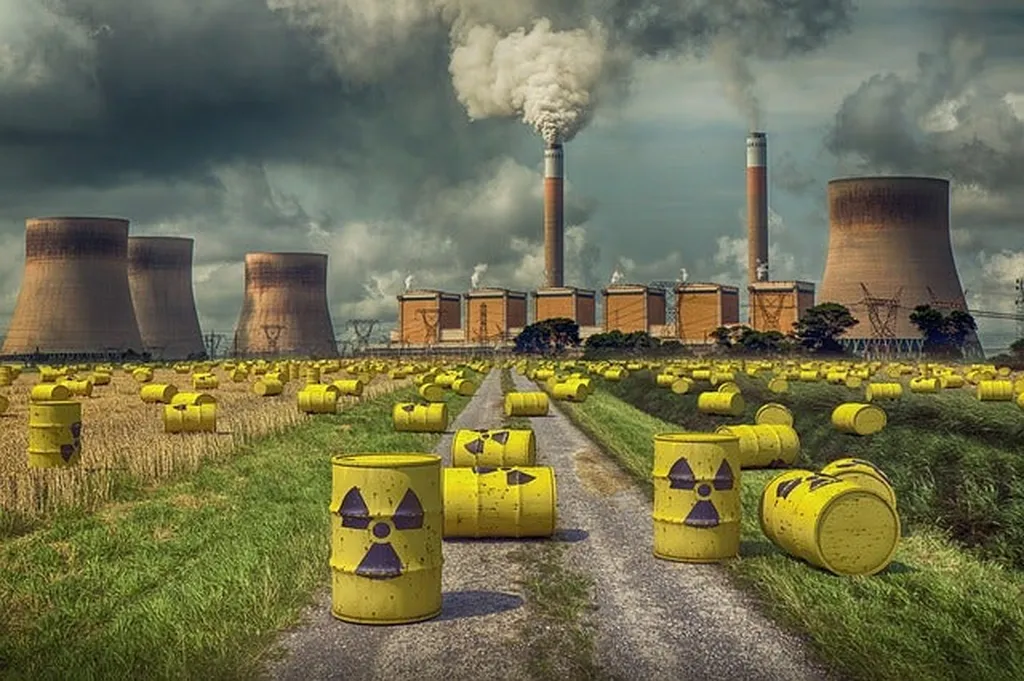In a significant stride towards sustainable nuclear energy management, researchers from the Joint Institute for Power and Nuclear Research – Sosny of the National Academy of Sciences of Belarus have unveiled a comprehensive technical concept for the disposal of radioactive waste from the Belarusian Nuclear Power Plant (NPP). This research, published in the journal “Весці Нацыянальнай акадэміі навук Беларусі: Серыя фізіка-тэхнічных навук” (translated as “Proceedings of the National Academy of Sciences of Belarus: Series of Physical and Technical Sciences”), offers a blueprint for safe and economically viable radioactive waste disposal, with far-reaching implications for the energy sector.
The study, led by M. L. Zhemzhurov, presents principal technical solutions for radioactive waste disposal facilities (RWDF) and auxiliary structures, ensuring the safe disposal of waste generated during the NPP’s 60-year operation and decommissioning. “The suggested conceptual RWDF design includes an assessment of its radiation safety during operation and long-term post-closure safety,” Zhemzhurov explained. This approach not only addresses immediate safety concerns but also considers potential long-term impacts, including natural and man-made external influences.
One of the most compelling aspects of this research is its focus on economic feasibility. By evaluating the aggregate technical and economic parameters of the RWDF project, the study provides a roadmap for the first stage of construction, ensuring that safety measures do not come at an exorbitant cost. This balance is crucial for the commercial viability of nuclear energy, as it addresses one of the industry’s most pressing challenges: managing radioactive waste efficiently and affordably.
The research highlights the total activity of radioactive waste that can be safely disposed of in the RWDF, including specific measurements for alpha emitters and transuranium radionuclides. This detailed assessment underscores the precision and thoroughness of the proposed solutions, setting a new standard for radioactive waste management in the energy sector.
The implications of this research extend beyond Belarus, offering valuable insights for nuclear power plants worldwide. As the global energy sector increasingly turns to nuclear power as a low-carbon energy source, the need for effective waste management solutions becomes ever more critical. This study provides a robust framework for achieving this goal, ensuring that nuclear energy remains a viable and sustainable option for meeting the world’s energy demands.
In the words of Zhemzhurov, “The achieved level of detailing of technical solutions in the conceptual design can be used at the stage of object design.” This statement underscores the practical applicability of the research, paving the way for future developments in radioactive waste disposal technologies.
As the energy sector continues to evolve, the need for innovative and sustainable solutions becomes increasingly apparent. This research represents a significant step forward in this regard, offering a comprehensive and economically viable approach to radioactive waste management. By addressing both safety and economic concerns, it sets a new benchmark for the industry, ensuring that nuclear energy remains a cornerstone of the global energy mix for years to come.

